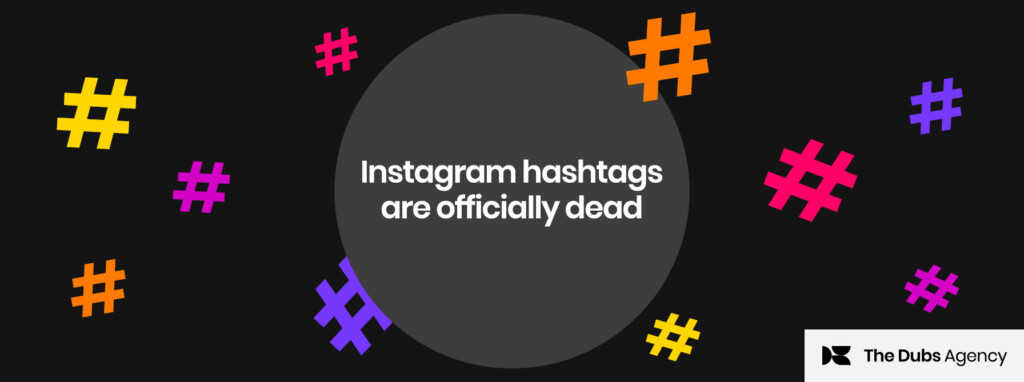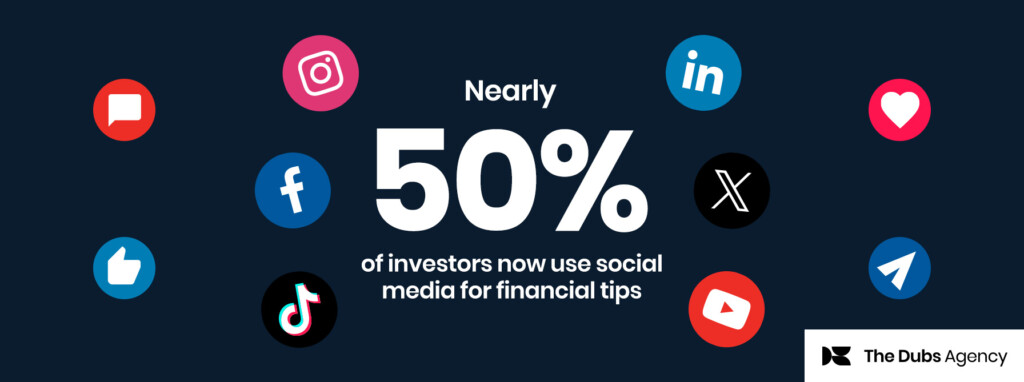Research conducted by The Dubs, in partnership with the global native ad platform Dianomi, found that asset managers were severely underperforming when it came to producing the content their audience wanted. By filling information gaps, finance brands can form better, more meaningful connections with audiences and effectively capture new leads and push them through the conversion funnel. But how can your finance brand identify what content your audience wants? To find out, we spoke to Andrew Frith, Social Media Director at The Dubs, and Josh Frith, Managing Director at The Dubs.
How bad is the information gap in the finance sector?
Research conducted by global financial content specialists Dianomi and The Dubs has found often the topics that weren’t being offered to audiences were what they most wanted to see. For example, in that report, it was found while ETFs have the highest amount of interest from clients they only make up 6.06% of articles produced by global asset managers.
While this is specific to asset managers, it’s a problem across the entire financial industry. Filling information gaps should be a priority for all finance brands. By identifying and supplying content on what your audience wants, you can capture an interested audience and generate more meaningful leads.
Put simply, information gaps are areas of opportunity. But how can you identify them?
How to identify information gaps
Andrew Frith explains an information gap can be two things: “There may be a mismatch between the information a finance brand’s audience is looking for and what information the finance brand is publishing”.
“Understanding the target audience’s information needs is something most finance brands will already have a good grasp on but it can be further analysed by doing research into the specific search behaviour of the target audience,” Andrew says.
The first step to identifying an information gap is finding out the core search topics that your target audience is interested in. Then, using an SEO platform, begin to expand upon these core search topics with a ‘broad match’ analysis.
“This will identify the cloud of associated search terms the target audience is searching on and the potential search volumes of these broad matches.” Andrew adds, “This now allows a finance brand to use this for content planning and to create content that addresses these broad match topics and search themes that may have been neglected.”
“ There may be a mismatch between the information a finance brand’s audience is looking for and what information the finance brand is publishing”
Another way of identifying information gaps is by performing a ‘gap analysis’.
“A gap analysis allows a finance brand to identify what searchable content they have in common with their competitors, but more importantly what searchable content their competitors are ranking for on search engines that they themselves are not,” Andrew says.
Again, an SEO platform allows for this kind of research and can support finance brands in their content planning by enabling them to address potential information gaps in their current content.
What content format is right for you?
Selecting the right content format is an important part of creating a winning marketing strategy. Just producing white papers or video content, for example, isn’t an effective approach to content marketing.
According to Josh Frith, “People prefer to consume content in different ways – visual, auditory, reading… It’s critical that we as marketers acknowledge this.”
In the scheme of things, B2B finance brands have a relatively small target audience, so we can’t make any assumptions as to how these few people prefer to engage with your brand. That’s why it’s important to share content in a range of formats – podcasts, editorial and video,” Josh says.
At the end of the day, creating a variety of content that your audience wants is important. You don’t have to make every piece of content different to one another either. For example, if you create a white paper that sits on your website, you can repurpose this to create short video content, infographics and social media imagery. Think creatively and take into consideration the platform you are publishing on.
Tips and tricks from the experts to help improve your content
If you’re still struggling to identify your information gaps it can help to go back to basics.
“When you’re feeling stuck, it can help to go back to basics and work on a buyer persona. Using plenty of detail, imagine the typical client you’re trying to reach – name, age, profession, likes and dislikes… The more detail, the better,” Josh says.
“Next, ask yourself questions such as: what are the difficulties facing this person’s industry? What products or features will make it feel as though this person is being heard by your brand?”
While it can be overwhelming, it’s important to not overthink what you’re creating. Remember, information gaps are areas of opportunity so it pays to take the time to learn and find out exactly what they are.









